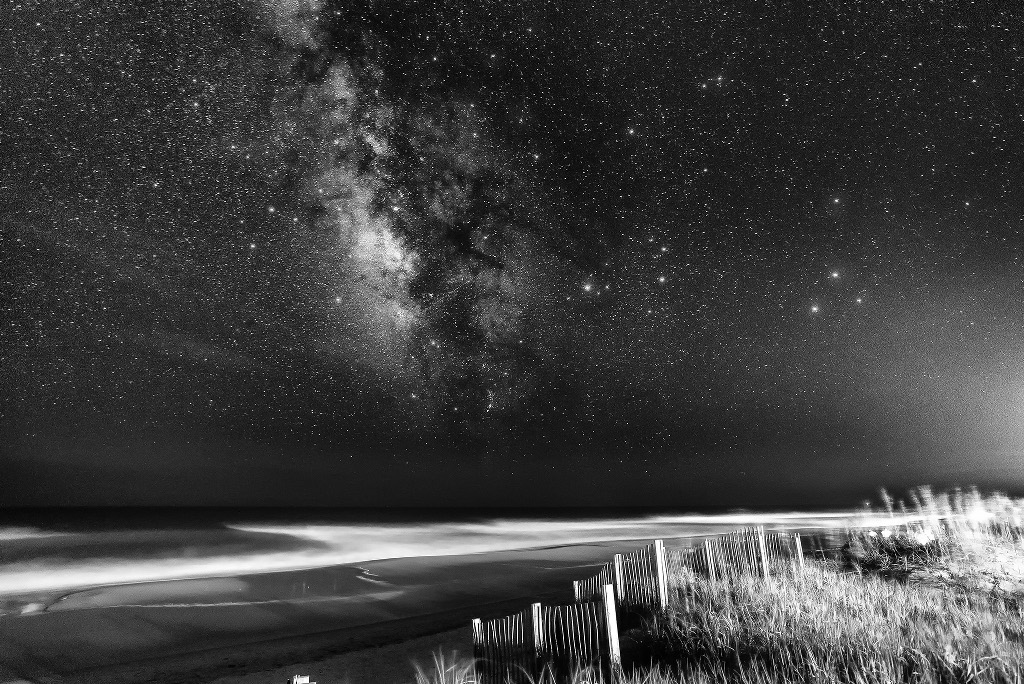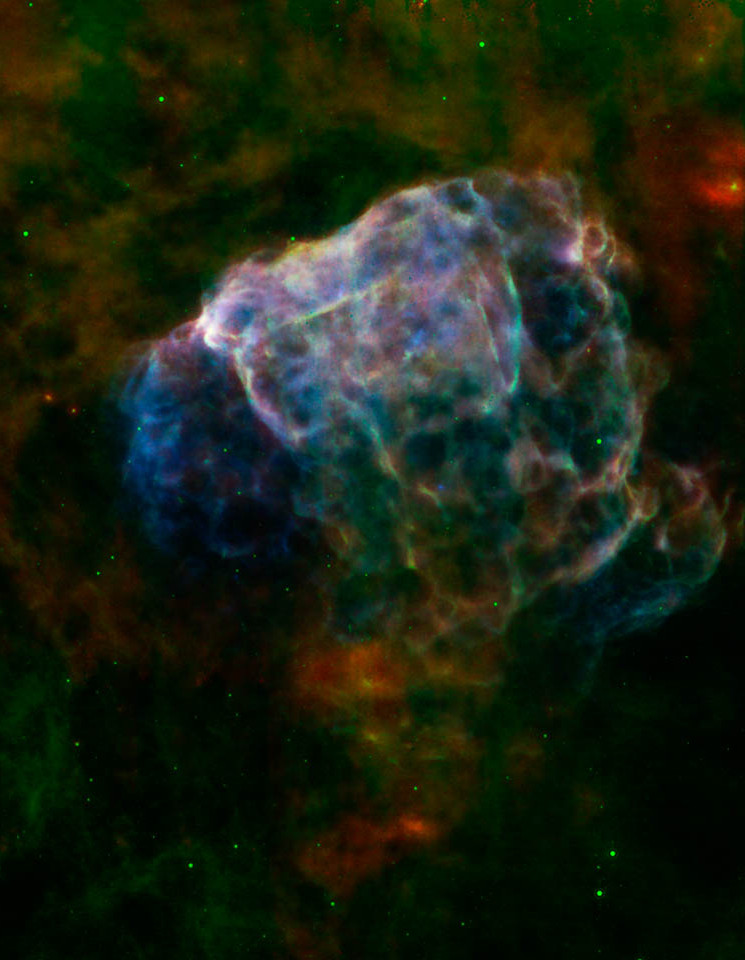"Complete Dictionary of Scientific Biography." The Complete Dictionary of Scientific Biography. Auspices of the American Council of Leaned Societies, 2008. Web. 2014.
Neugebauer, O. "Notes on Hipparchus - Springer." Notes on Hipparchus - Springer. N.p., n.d. Web. 26 Sept. 2014.
Neugebauer, O. "The Astronomical Origin of the Theory of Conic Sections." Proceedings of the American Philosophical Society 92.3 (1948): 136-38. JSTOR. American Philosophical Society. Web. 26 Sept. 2014.
~~this may or may not change when I actually write my paper~~
Friday, September 26, 2014
APOD 1.5

This image of the Milky Way Galaxy was taken in North Carolina, Planet Earth, with a digital camera. The image appears to be relative to that of a vintage photograph from the 1900s, which is one of the main reasons I chose this photograph for this week's APOD post (I am in love with that style of photography). Additionally, the contrast in texture between the dunes and the starry sky are very entrancing and is very much appreciated. For this image to be taken, there must have been very little pollution in the sky because it ended up to be quite a clear photograph. I will never get tired of images of galaxies.
Godspeed,
Melanie
Monday, September 22, 2014
Observation 9/20/14
Date: September 20, 2014
Time: 9:00 - 10:00 PM
Place: Siesta Key
Sky Conditions: Very cloudy
Instruments Used: Addison's telescope (not sure what the exact make is??)
Planets: No planets were observed
Bright Stars noted: I could faintly make out the Summer Triangle at one point, as well as Polaris
Constellations noted: Lyra, Cygnus, Aquila
Deep Sky Objects: N/A
Other:
The moon was not visible during my hour of observation :(
Time: 9:00 - 10:00 PM
Place: Siesta Key
Sky Conditions: Very cloudy
Instruments Used: Addison's telescope (not sure what the exact make is??)
Planets: No planets were observed
Bright Stars noted: I could faintly make out the Summer Triangle at one point, as well as Polaris
Constellations noted: Lyra, Cygnus, Aquila
Deep Sky Objects: N/A
Other:
The moon was not visible during my hour of observation :(
Friday, September 19, 2014
APOD 1.4

The image you see above was comprised of 100 images taken by the Hubble Space Telescope (the image above is not something that actually exists in the universe). All of the images included in this masterpiece were taken in the realm of the space around Earth. Each image was resized into identical dimensions in order to be combined into such a work of art. I think it looks really beautiful and each little image is perfectly assembled. The person(s) who worked on this image were clearly hardworkers and I really appreciate their work. Unfortunately we have not yet seen anything in the universe that actually resembles the resulting image but who knows!! I chose this apod for my blog post because it involved so much creativity and work and I just truly appreciate all the time that was put into this project. Well done astro people, well done.
Godspeed,
Melanie
Melanie
Friday, September 12, 2014
APOD 1.3
Supernova Remnant Puppis A


What you see in this image is the remains of a past star that has at some point exploded. The entire supernova is approximated to be about 180 light years wide. Similar to every other astronomical photograph, the colors are not true to what they actually are - but the soft pastel colors in this photograph signify warmed dust particles. Personally I find supernovas to be particularly interesting because of the variety of colors and the magical feeling they emit. Supernovas are believed to be the largest possible explosion (disregarding the Big Bang) in the entire universe, which is absolutely incredible to think about.
Puppis A is estimated to be 7,000 light years away from our location on Earth and was discovered in 1971, according to other sources. The star must have ended its life many many years ago for it to just be discovered some forty years ago.
Godspeed,
Melanie
Friday, September 5, 2014
APOD 1.2
Airglow Ripples Over Tibet

After a harsh and violent storm in China, the sky appeared to be in colorful ripples mixed with thousands of stars. This was possible because of atmospheric gravity waves which APOD defined as "waves of alternating air pressure that can grow with height as the air thins". I decided to pick this specific astronomical find due to the fascinating color combinations - it's so uncommon and intriguing. Additionally, the fact that the sky was so clear and vast is extremely appealing and gives the image much more of an impact on the viewer. Comparing this phenomenon to the Rosetta Nebula from my last post, it's interesting how so many different colors and combinations are possible - and that it's possible to view them from our planet. The Rosetta Nebula strictly had hues of red, whereas this find includes greens, purples, oranges, blues, etc.
After searching this subject on the internet, I found another image from the same night:
The method in which this image was taken almost gives it a bulls-eye effect mixed with a fish eye effect. Hopefully someday I'll be able to view something even remotely close to this.
Godspeed,
Melanie
Melanie
Subscribe to:
Posts (Atom)